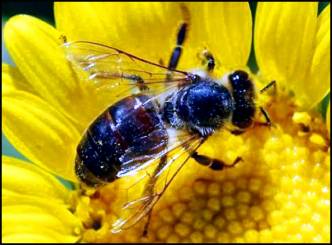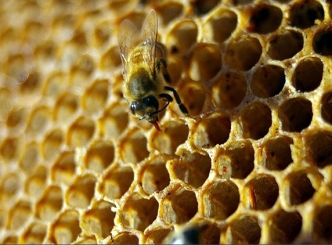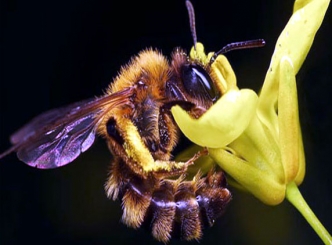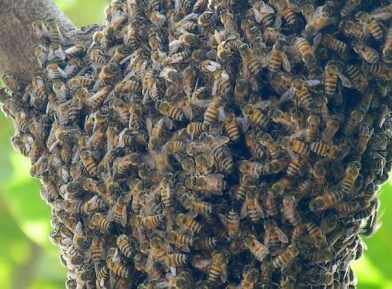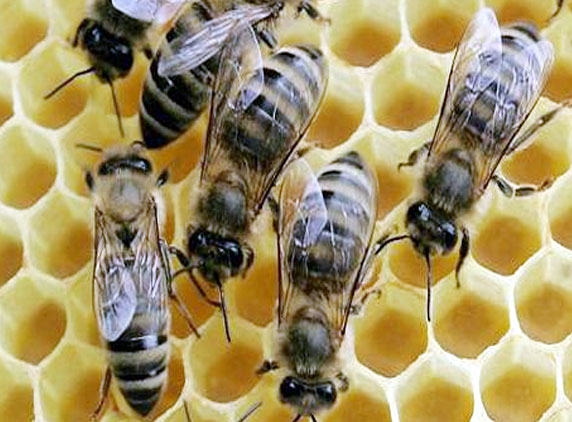
Imidacloprid, a common pesticide, may have been responsible for the sharp
Pinpointing the cause of the problem is crucial because bees, beyond producing honey, are prime pollinators of roughly one-third of the crop species, including fruits, vegetables, nuts and livestock feed such as alfalfa and clover.
"The significance of bees to agriculture cannot be underestimated," Alex Lu, associate professor of environmental exposure biology, Harvard School of Public Health, who led the study, was quoted as saying in the journal Bulletin of Insectology.
"And it apparently doesn't take much of the pesticide to affect the bees. Our experiment included pesticide amounts below what is normally present in the environment," Alex was quoted as saying in a university statement.
Researchers led by Alex say that their study provides "convincing evidence" of the link between imidacloprid and 'Colony Collapse Disorder' (CCD), in which adult bees abandon their hives.
Massive loss of honeybees could result in billions of dollars in agricultural losses, experts estimate. Alex and co-authors hypothesized that the uptick in CCD resulted from the presence of imidacloprid, introduced in the early 1990s.
Bees can be exposed in two ways: through nectar from plants or through high-fructose corn syrup beekeepers use to feed their bees. (Since most US-grown corn has been treated with imidacloprid, it's also found in corn syrup.)
In the summer of 2010, researchers conducted an on the spot study in Worcester County, aimed at replicating how imidacloprid may have caused the CCD outbreak.
Strikingly, it took only low levels of imidacloprid to cause hive collapse -- less than what is typically used in crops or in areas where bees forage, said Alex.















